A Signal That Shook the Stars
On the quiet night of August 15, 1977, at 10:16 p.m. EDT, the Big Ear radio telescope at Ohio State University captured a radio burst so extraordinary it left astronomer Jerry Ehman stunned. While reviewing data printouts days later, Ehman spotted a sequence—6EQUJ5—indicating a signal 30 times louder than the cosmic background noise. Lasting exactly 72 seconds, the signal’s intensity rose and fell in a bell-shaped curve, matching the telescope’s observation window as Earth’s rotation swept it across the sky. Ehman, a volunteer for the Search for Extraterrestrial Intelligence (SETI) program, circled the data in red ink and scribbled “Wow!” beside it, giving the signal its iconic name. The signal originated from the constellation Sagittarius, near the Chi Sagittarii star group, roughly 1,800 light-years away, and was detected at 1420.4556 MHz, the hydrogen line frequency—a logical choice for an alien civilization to broadcast, as hydrogen is abundant and its frequency is protected for astronomical research.
What made the Wow! Signal so tantalizing was its uniqueness. Unlike typical cosmic noise from pulsars or quasars, it was narrowband, spanning less than 10 kHz, suggesting an artificial source. The signal’s strength and specificity aligned with SETI’s criteria for a technosignature—a deliberate marker of intelligent life. Ehman himself, in a 2019 interview with John Michael Godier, expressed conviction that the signal had the potential to be extraterrestrial, though he cautioned against jumping to conclusions without replication. Despite extensive follow-up observations, including a month-long focus on Sagittarius by Big Ear, the signal never reappeared, leaving researchers grasping at shadows. The Big Ear telescope, operational from 1963 to 1998, was a pioneering SETI tool, and its data remains a treasure trove for researchers. For those intrigued by the site, the Perkins Observatory at Ohio Wesleyan University, near the former Big Ear location, offers historical context and stargazing events.
Theories That Ignite Debate
The Wow! Signal’s fleeting nature has spawned a constellation of theories, each vying to explain its origin. The extraterrestrial hypothesis remains the most captivating. SETI researchers, including Ehman, noted the signal’s alignment with the 1420 MHz frequency, theorized by astronomers Philip Morrison and Giuseppe Cocconi in 1959 as a universal channel for alien communication. The signal’s non-repeating nature, however, puzzled experts, as a continuous beacon might be expected from a civilization eager to connect. Some speculate a brief, directed transmission—like a cosmic lighthouse sweep—could explain it, requiring immense energy but less than a constant broadcast. Robert Gray, an amateur astronomer who chronicled the signal in his book “The Elusive Wow,” conducted extensive searches using the Very Large Array in New Mexico, yet found no trace. Gray’s work underscores the signal’s rarity, suggesting it could be a one-off event from a distant intelligence.
Alternative explanations have gained traction, though none fully satisfy. In 2017, Antonio Paris, an astronomer at St. Petersburg College, proposed that comets 266P/Christensen and P/2008 Y2 (Gibbs), passing through Sagittarius in 1977, emitted hydrogen clouds that mimicked the signal. His study, published by The Center for Planetary Science, argued comets could produce narrowband emissions, but critics noted the signal’s intensity far exceeded what comets typically produce. Another theory, proposed in 2024 by Abel Méndez and colleagues at the University of Puerto Rico at Arecibo, suggests a natural phenomenon: a cold hydrogen cloud illuminated by a magnetar’s flare, creating a laser-like maser burst. Their analysis of Arecibo’s 2020 data, published on arXiv, found weaker but similar signals, though skeptics like SETI astronomer Jason Wright argue this “astrophysical anarchy” lacks precedent. These natural explanations, while plausible, struggle to account for the signal’s precision and power, keeping the alien hypothesis alive.
A Legacy That Echoes Beyond Earth
The Wow! Signal’s impact transcends its 72-second existence, reshaping the search for extraterrestrial life. It galvanized SETI efforts, proving that powerful, unexplained signals could be detected with existing technology. The signal inspired the Arecibo Message, a 1974 transmission sent to the M13 star cluster, and influenced projects like Breakthrough Listen, which uses advanced telescopes to scan for technosignatures. The signal’s cultural footprint is equally profound, featured in documentaries which explores its scientific and philosophical implications. For enthusiasts, the SETI Institute’s YouTube channel offers discussions, such as a 2024 talk by Dr. Franck Marchis and Dr. Lauren Sgro, delving into the signal’s latest research. The Wow! Signal also highlights the limitations of 1970s technology; modern arrays like the Allen Telescope in California could track such anomalies in real-time, potentially resolving their origins.
Despite its mystery, the Wow! Signal remains a beacon of possibility. Its non-repetition fuels skepticism, yet the lack of a definitive natural explanation keeps hope alive. Could it have been a fleeting hello from a civilization long gone, or a cosmic fluke we’ve yet to understand? The signal’s coordinates in Sagittarius, near a sun-like star identified by amateur astronomer Alberto Caballero in 2022, invite further scrutiny with telescopes like the James Webb Space Telescope. For now, the Wow! Signal stands as a humbling reminder of our place in the cosmos—a single, electrifying moment that dares us to keep listening. Visitors to Delaware, Ohio, can explore the region’s astronomical heritage through local science centers, while SETI’s ongoing work ensures the signal’s questions endure, urging humanity to probe the stars for answers.

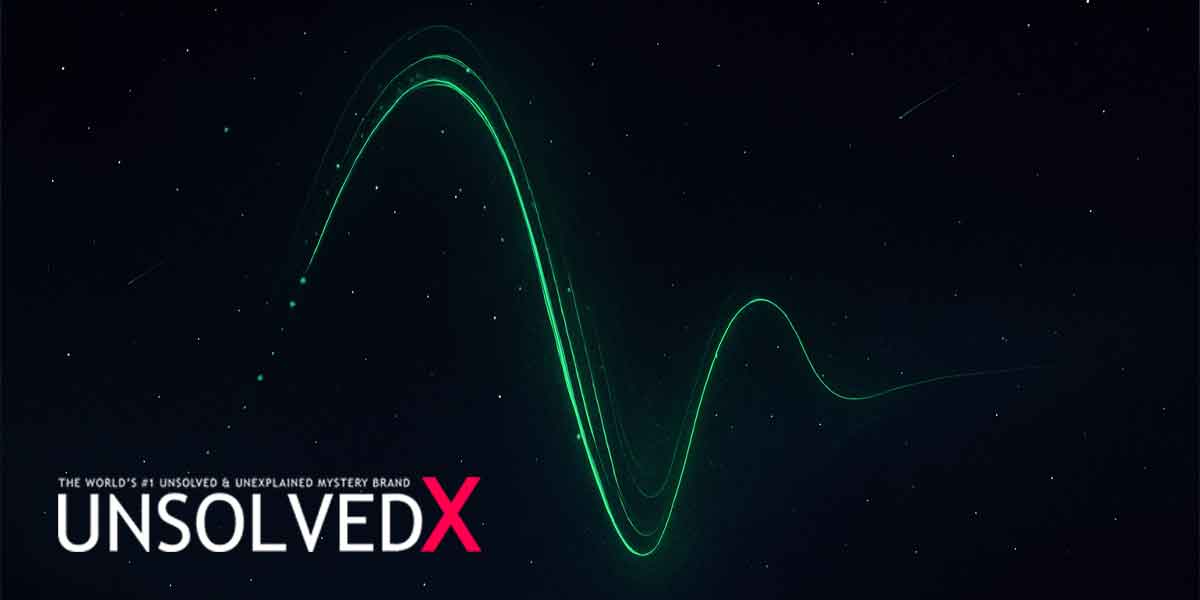
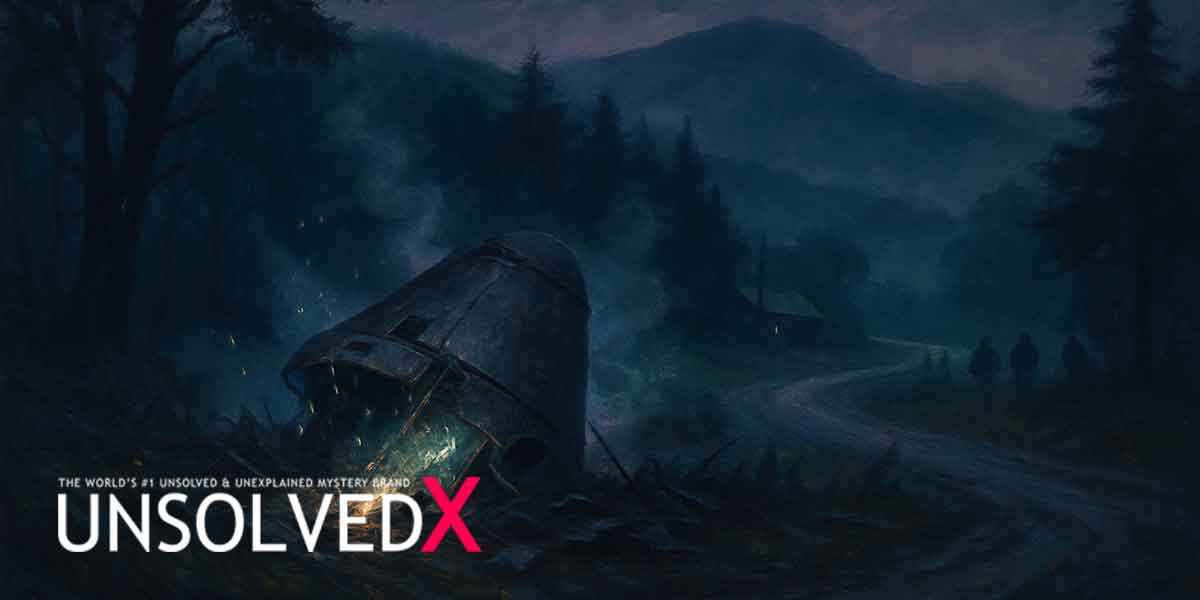
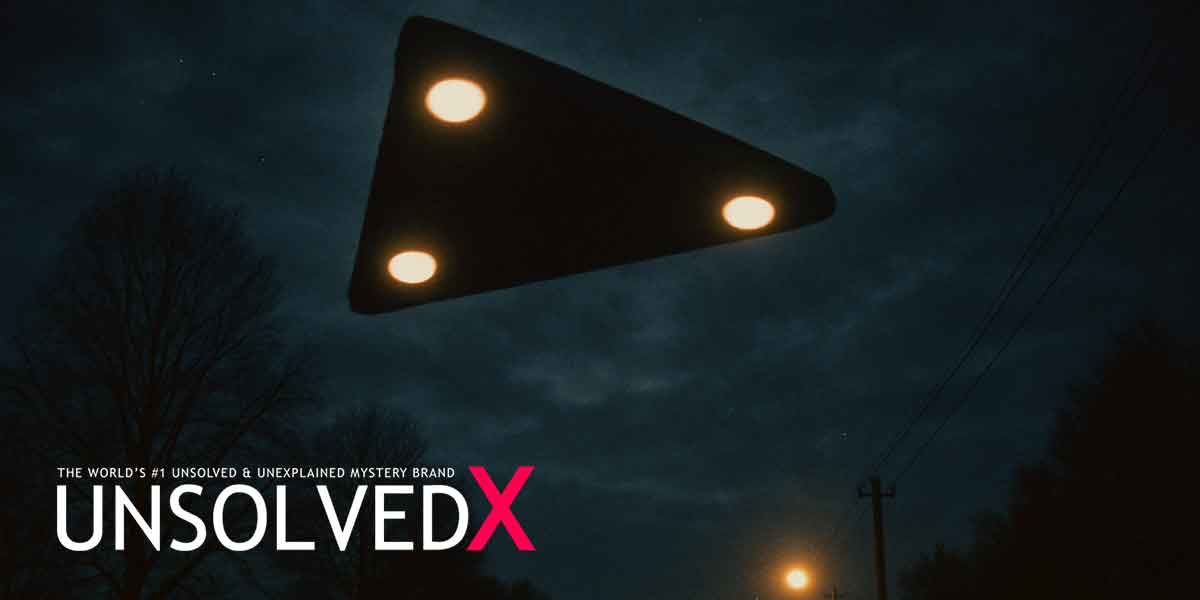
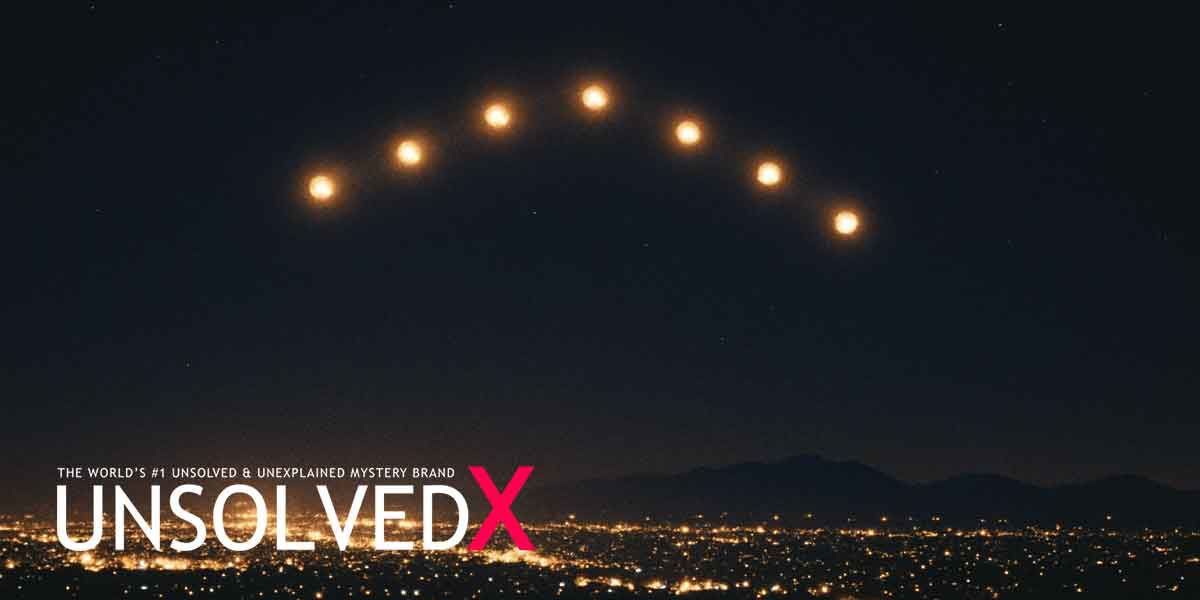
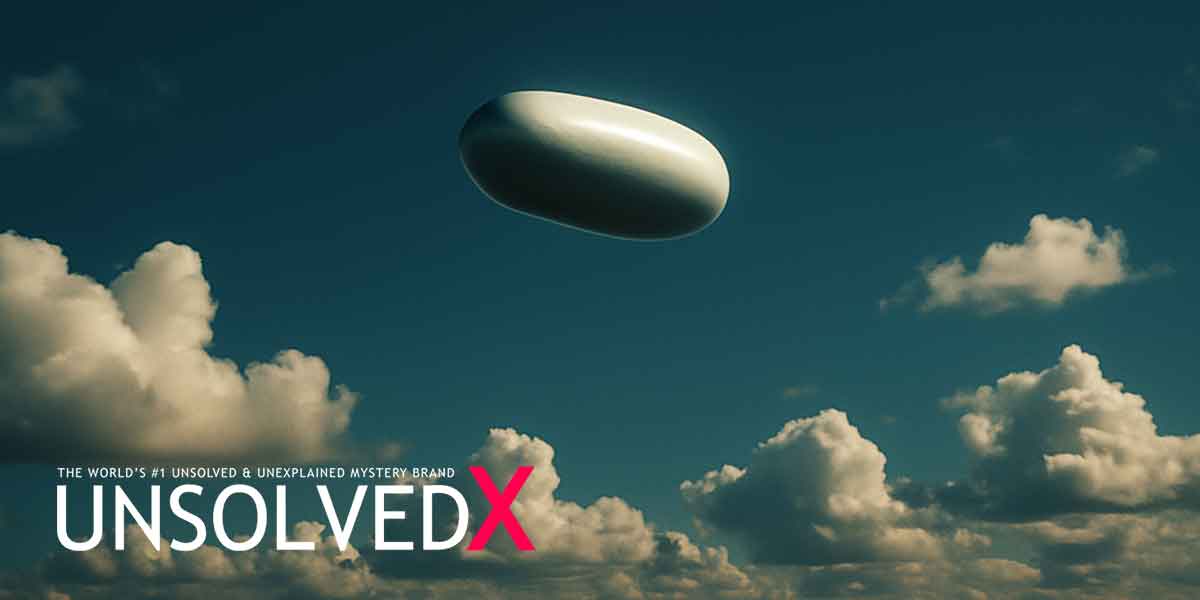

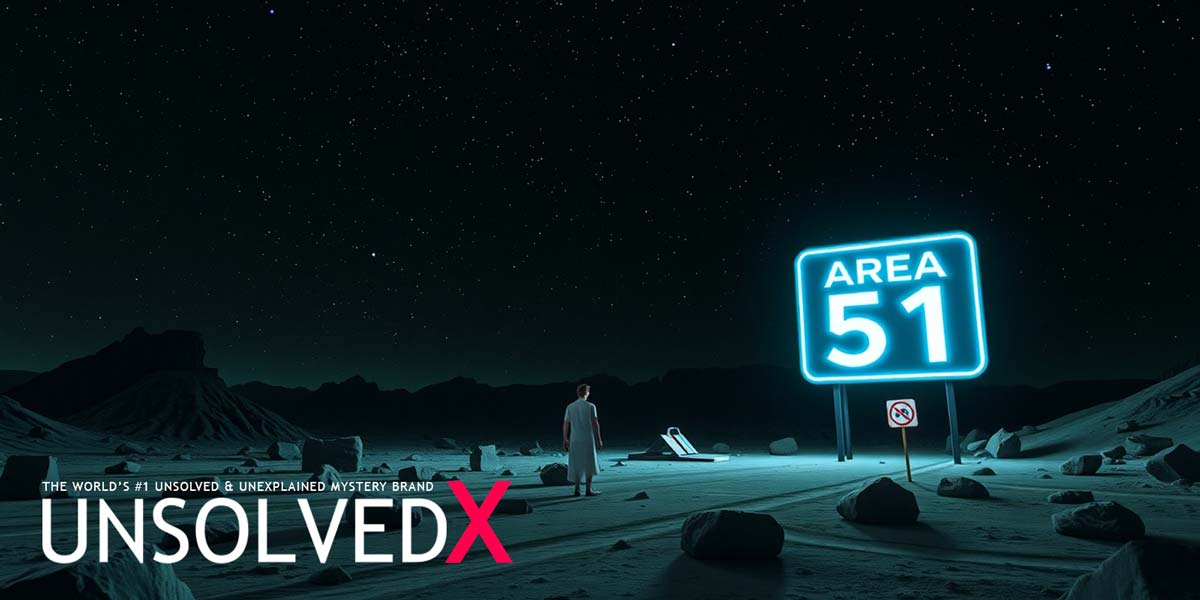


Comments
Comments section coming soon!